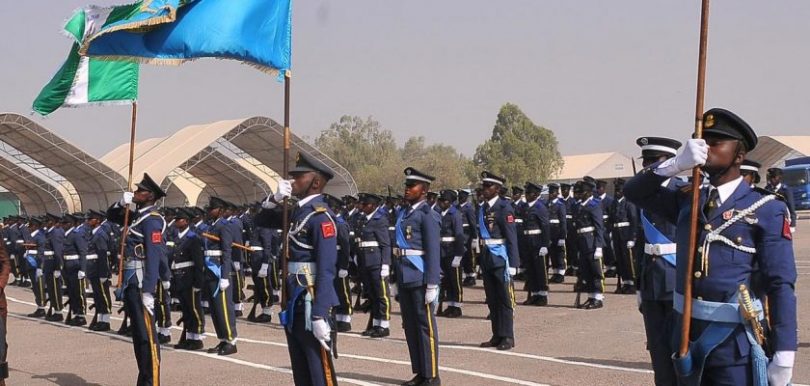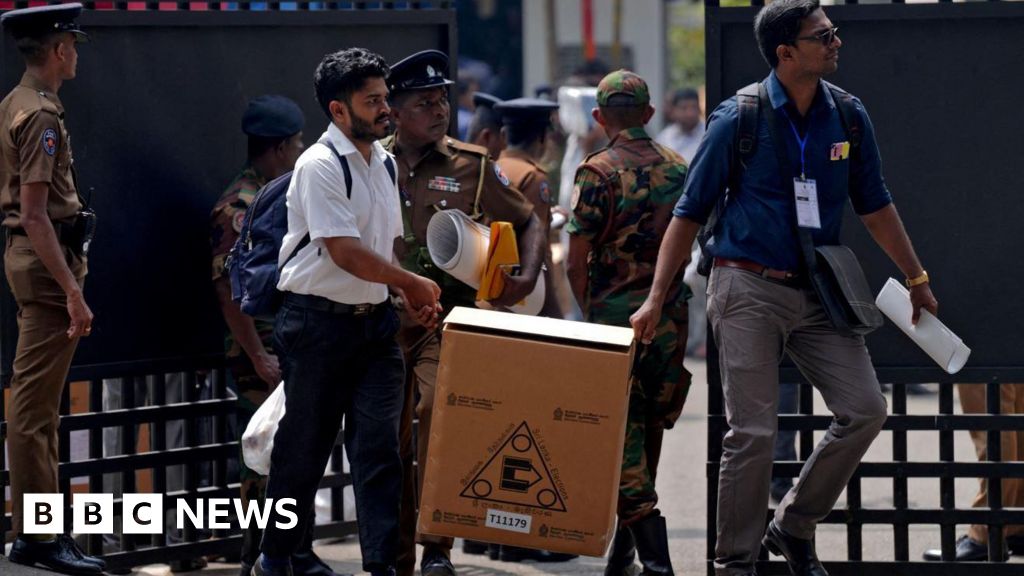
BY ANDREW OROLUA
Air Vice Marshal Edward Gabkwet, the spokesperson of the Nigerian Air Force, said on Sunday, that despite the weather challenges hampering ongoing efforts to diminish the capabilities of criminal elements in the Northwest, air operations by the Air Component of Operation Whirl Punch has continued unabated with remarkable levels of success being recorded.
In one of the strikes carried out on 12 July 2024 at terrorist Alhaji Layi’s enclave, situated in Kufan Shantu Village in Giwa Local Government Area (LGA) of Kaduna State, several terrorists observed within the location were eliminated while their thatched roofed huts were burned down. Similarly, their logistics tucked under thick foliage were also destroyed.
READ ALSO: Lagos empowers SMEs with N25bn funding initiative for…
Similar air strikes conducted on 13 July 2024 over terrorists’ camps situated inside Malum Forest in Igabi LGA also recorded positive outcomes after the targets were acquired and engaged.
Gabkwet, who disclosed this in a statement, said from the Battle Damage Assessment footage, the terrorists were observed freely loitering around the forest at a compound with zinc-roofed structures. Subsequently, a precision strike was authorized, which eliminated most of the terrorists.
These air strikes were initiated following thorough credible Human Intelligence, along with Intelligence Surveillance, and Reconnaissance operations, which identified the targeted locations as enclaves of terrorists responsible for the ambush on troops at Manini on 10 July 2024.
Accordingly, the Nigerian Air Force, alongside surface forces, will maintain dominance in the battlespace through extensive situational awareness, regular patrols, and targeted interdiction of terrorists’ safe havens in its Area of Responsibility and neighboring states.
This approach aims to effectively eliminate and eradicate terrorism and other criminal activities in the North West and North Central regions.
About the author
















 English (US) ·
English (US) ·